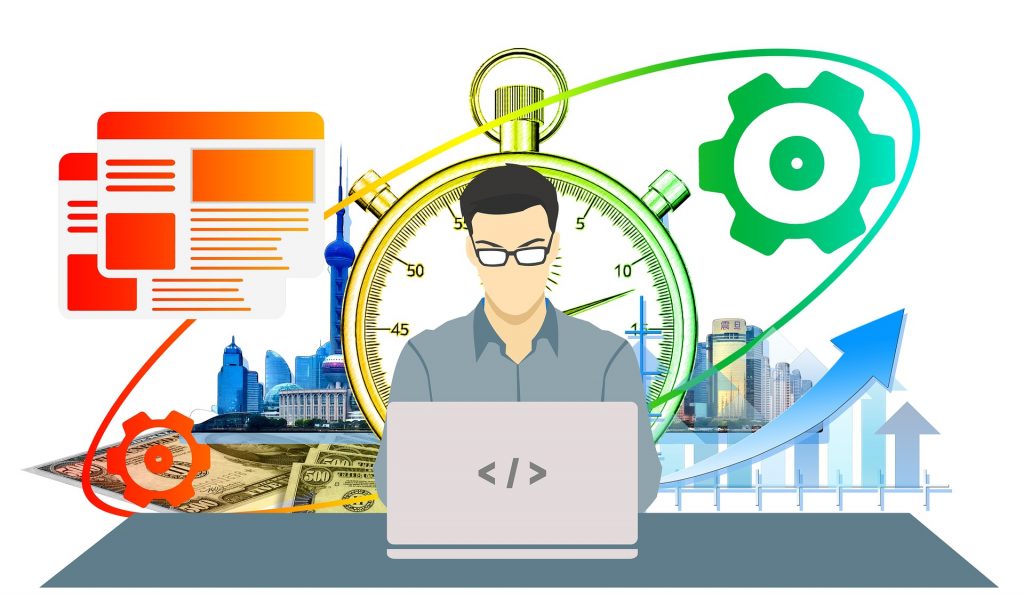Productivity vs. Efficiency: Which is More Important?
When working, you know that it is important to be both productive and efficient. However, do you know the difference between productivity vs. efficiency? It is essential to understand that they do not mean the same thing. Knowing the difference between productivity and efficiency can help you better understand them and decide what occasions call for one vs. the other.

What are Productivity and Efficiency?
Before we delve into differences and similarities, let’s first define the two. Efficiency is the production of something without wasting a large number of products or time. It ensures that you produce high-quality products while only utilizing the necessary resources. Productivity is the measurement of how efficiently inputs, such as products and other components, can create multiple outputs for a company. In simpler terms, productivity determines how to create a product with little input wastes.
Differences
Although some people use productivity and efficiency interchangeably, the two are not synonymous. The effort put into a project is efficiency. A business tries to use the least amount of resources to get what they need done. Productivity is the physical amount of work that you can complete. It focuses on getting the job done with the current resources at the company’s disposal. Efficiency focuses more on the resources used to make a product, and productivity is more about how much work gets done in a period of time. Efficiency is a reactive process, which means its outcome results from a person’s effort. In contrast, productivity is proactive. You put in the work to create the most items in a short time interval.
Which is More Important?

Trick question! Both productivity and efficiency are vital to keeping a company strong and profitable. By adding together productivity and efficiency, you can get actual productivity within an organization. Some may say that productivity is more important than efficiency, but one can not exist without the other. If you’re making something for a company, you can do it efficiently so that it uses few resources but has a good quality. However, you also want to produce the most amount of products possible during that time. By combining productivity and efficiency, you can optimize fewer resources while still making more output for your business. Productivity vs. efficiency may have their differences, but together they create an optimal model for a company.
Knowing the differences between productivity vs. efficiency is just the first step to getting your business on track. Now, one must implement these practices into the workplace. By doing this, you will have lower operational costs, better utilization of resources, and increased profits for your company.




